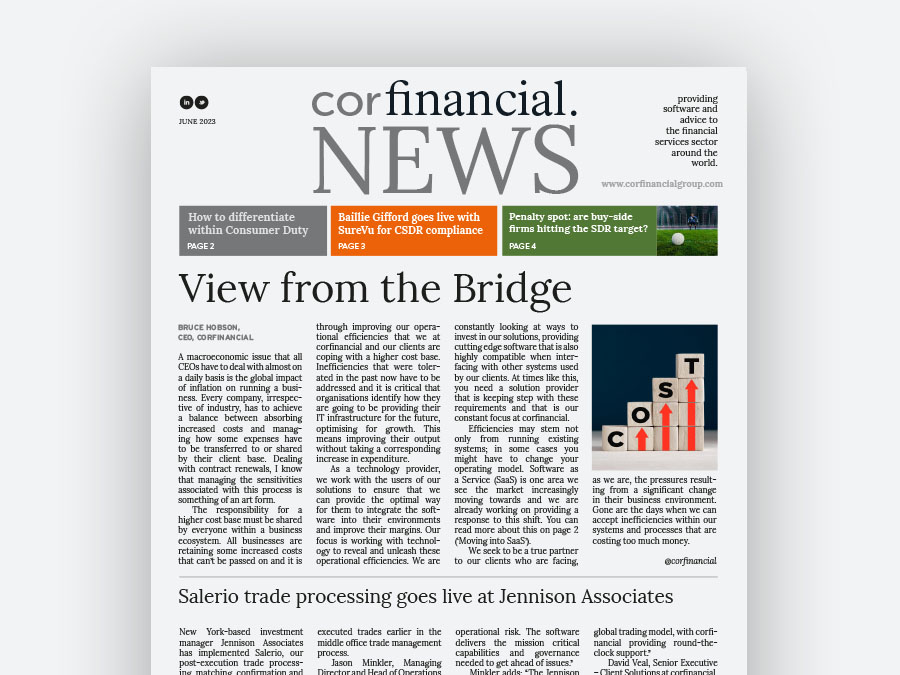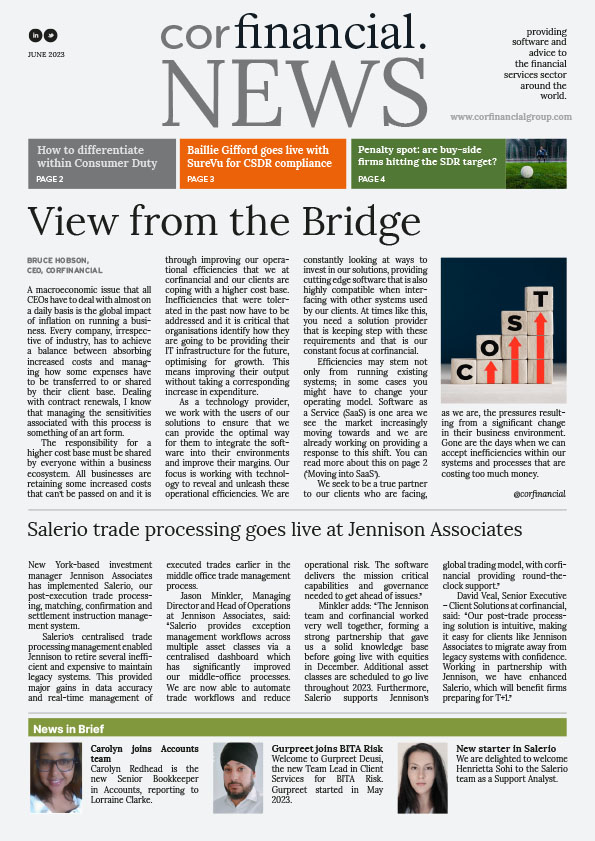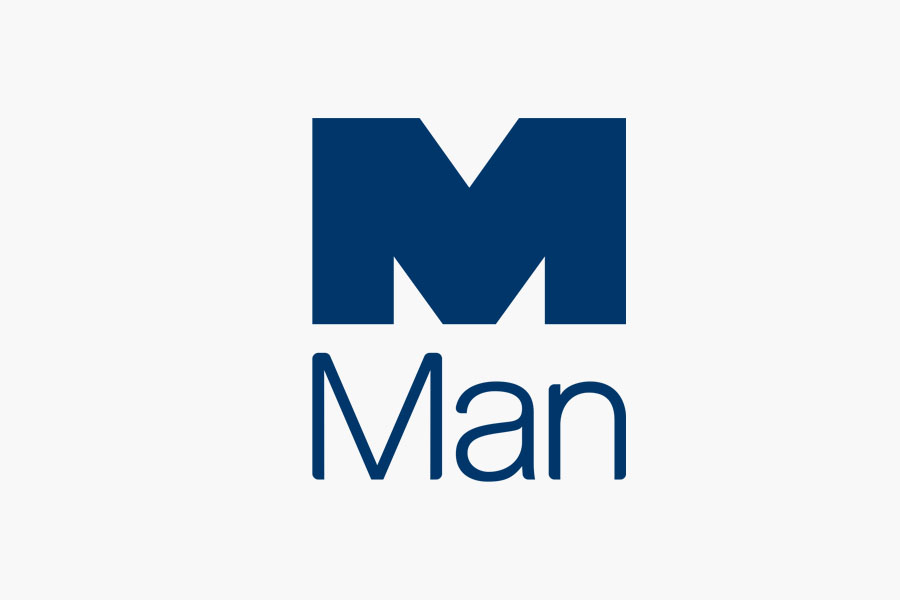In recent years, there has been growing recognition of the importance of climate-related risks and opportunities for the financial sector. The Task Force on Climate-related Financial Disclosures (TCFD) has emerged as a crucial framework that enables organisations to evaluate and disclose their climate-related financial risks. This article aims to explore the impacts of TCFD on the wealth management space, highlighting how BITA Risk can assist wealth management firms in navigating this evolving landscape.
The TCFD was established in 2015 by the Financial Stability Board (FSB) to enhance transparency and improve the understanding of climate-related risks and opportunities in the financial sector. The framework provides recommendations for voluntary, consistent climate-related disclosures across four key areas: governance, strategy, risk management, and metrics and targets.
Impacts of TCFD on wealth management
Enhanced risk assessment and management
With the TCFD framework, wealth management firms gain a structured approach to identify, assess, and manage climate-related risks. By integrating climate risk considerations into their investment decision-making processes, firms can more effectively safeguard their clients’ investments against climate-related threats. TCFD-aligned disclosures provide investors with the necessary information to understand and evaluate the potential impact of climate risks on their portfolios.
Investor demand and preferences
As climate change gains increased attention, investors are increasingly interested in aligning their investments with sustainable and climate-conscious strategies. According to a 2020 survey conducted by Morgan Stanley, 85% of individual investors expressed interest in sustainable investing. TCFD-aligned reporting allows wealth managers to meet this demand by providing transparency and evidence of their commitment to sustainable investing practices. By doing so, wealth management firms can attract new clients, retain existing ones, and stay competitive in an evolving market.
Regulatory landscape
Regulators worldwide are actively incorporating TCFD recommendations into their policies and regulations. For instance, the European Union’s Sustainable Finance Disclosure Regulation (SFDR) requires financial market participants to disclose the integration of sustainability risks, including climate risks, into their investment decision-making processes. Similarly, other jurisdictions are following suit, creating a global push towards climate-related financial disclosures. Compliance with TCFD recommendations positions wealth management firms favourably in meeting evolving regulatory requirements.
Long-term value creation
By integrating TCFD into their operations, wealth management firms can unlock long-term value-creation opportunities. Climate change can impact asset valuations, profitability, and business models across industries. Through TCFD-aligned disclosures, wealth managers can identify investments that are well-positioned to capitalise on the transition to a low-carbon economy. By focusing on companies with sustainable practices, wealth management firms can generate positive returns for their clients while aligning with broader environmental objectives.
BITA Risk: assisting wealth management firms
BITA Risk, a leading provider of risk management solutions, offers comprehensive tools to support wealth management firms in complying with TCFD recommendations and navigating the associated challenges. Here is how BITA Risk can assist:
1. Climate risk analytics:
BITA Risk provides analytics to assess climate-related risks across investment portfolios. By leveraging vast amounts of climate and financial data, the platform enables wealth managers to identify and quantify the potential impact of climate risks on investment returns. These insights empower wealth management firms to make informed decisions, optimise asset allocation, and mitigate risks associated with climate change.
2. Scenario analysis:
BITA Risk’s platform enables wealth managers to conduct scenario analysis, a critical component of TCFD recommendations. Scenario analysis helps firms assess the resilience of their investment portfolios under different climate-related scenarios, such as transition and physical risks. By stress-testing portfolios, wealth managers can identify vulnerabilities and adjust their strategies, accordingly, ensuring the long-term resilience of their clients’ investments.
3. Reporting and disclosures:
BITA Risk offers reporting capabilities that facilitate TCFD – disclosures aligned with the CET and IA templates. The platform generates comprehensive reports that highlight climate-related risks, governance frameworks, and sustainability strategies. By streamlining the reporting process, wealth managers can efficiently produce high-quality disclosures that cater to the evolving needs of regulators, investors, and other stakeholders.
Conclusion
The TCFD framework has significantly influenced the wealth management space by fostering improved risk assessment, meeting investor demands, navigating regulatory requirements, and driving long-term value creation. Wealth management firms can leverage solutions like BITA Risk to effectively implement TCFD recommendations. By embracing the TCFD framework and incorporating climate-related considerations into their operations, wealth management firms can enhance their risk management practices, attract clients, and capitalise on the opportunities presented by the transition to a sustainable, low-carbon economy.
If you would like to discuss any of the points raised here, please contact us at BITARisk@corfinancialgroup.com or see more information on our solution here.














